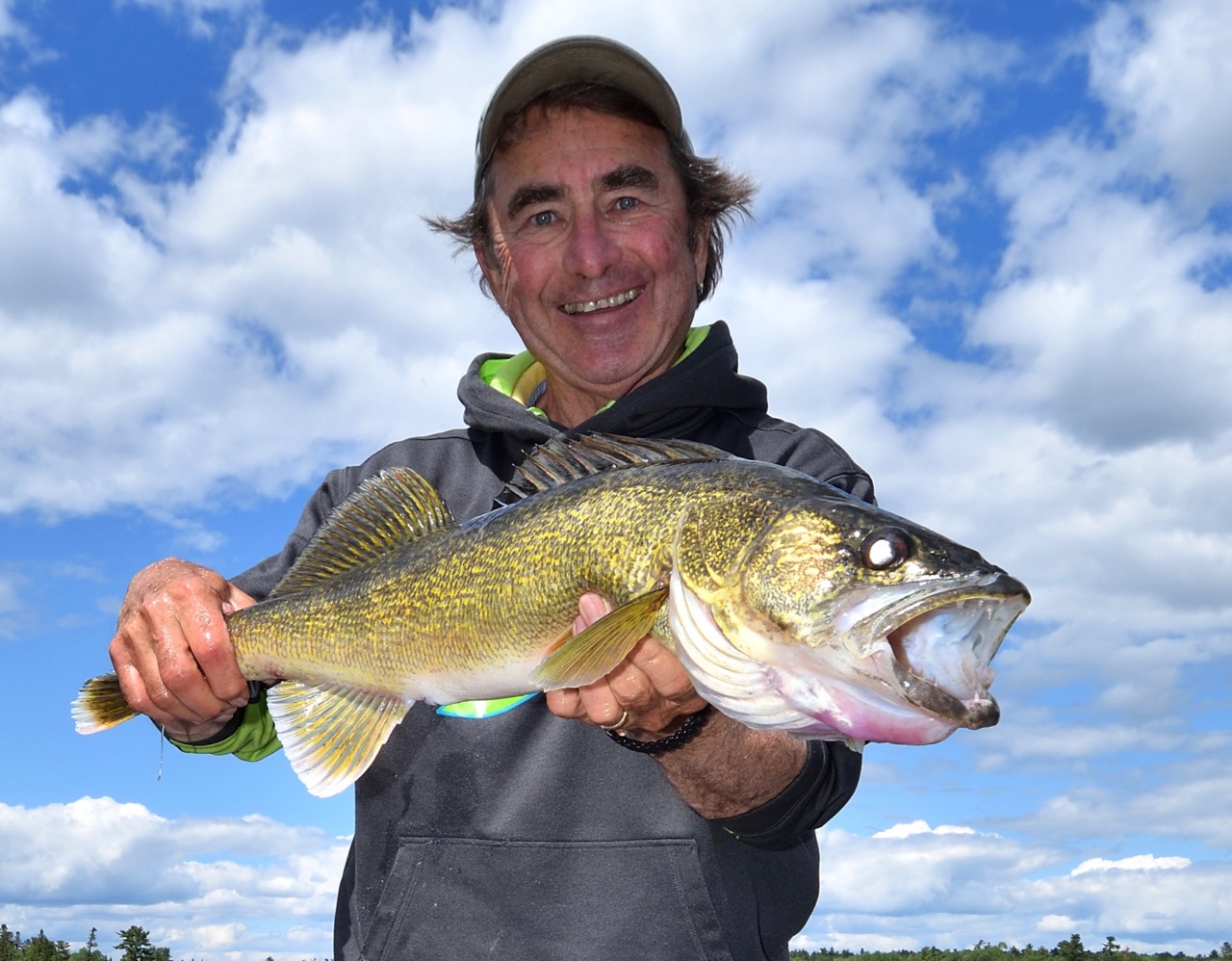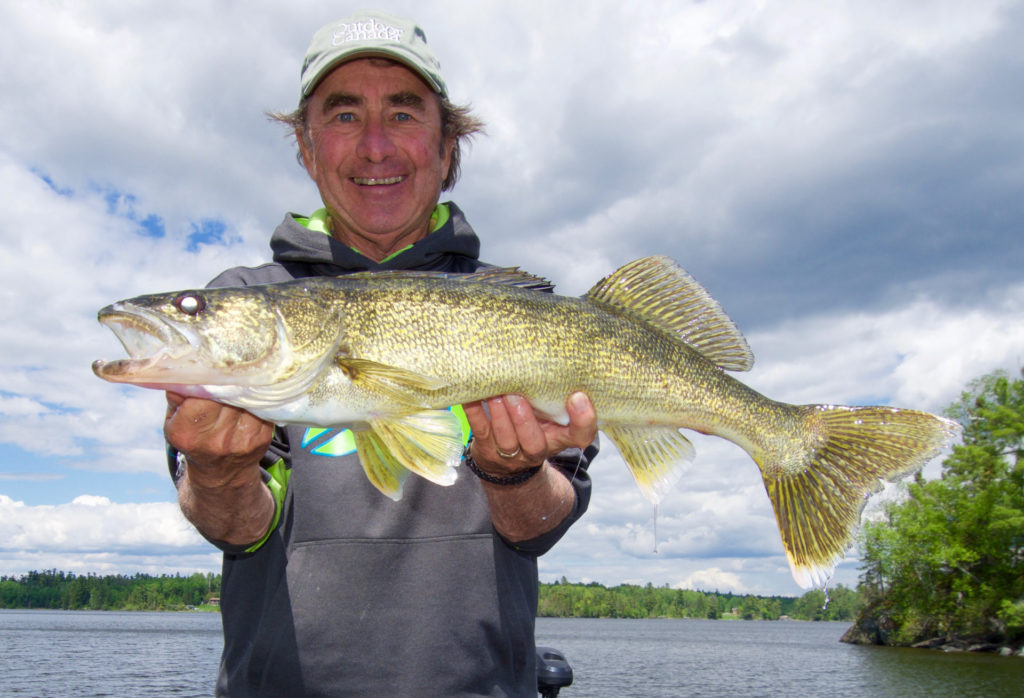Fall frenzy
Our fishing editor shares his top tactics for tackling big autumn lakers, walleye, pike and bass
Advertisement
WALLEYE
While lakers, pike and bass also relocate in the fall, walleye take it to the extreme. There’s nothing subtle about their change of habits or habitats, so you have to be flexible and change right along with them. Starting at ice-out and throughout the summer months, walleye lock into the relatively narrow, shallow-water zone above the thermocline. That’s where they patrol the broad, moderately flat sides of structures. But when September rolls around and the thermocline disappears as the lake turns, a whole host of new opportunities opens up.
Advertisement
LOCATION
Instead of relating to the level sides of structures, most fall walleye gravitate to slopes that resemble downhill ski courses. The sharp sides of the structures allow the fish to make quick daily movements up and down, according to the wind, water, weather, light and forage conditions. Eventually, when fall transitions into winter, the slalom-like slopes also allow the fish to slide down to their chalets without moving far or expending great amounts of energy.
TECHNIQUE
Advertisement
Fall walleye are looking for substantial meat-and-potato meals, and few lures deliver better on this score than a long, slender stickbait, especially a Rapala Jointed Original Floater (J13 model). It’s simply a walleye-catching machine in the fall. But if the walleye are on steep and deep structures, why choose a lure that only dives down four to 14 feet? There’s just something special about the balsa wood construction and broken-back design that hard-plastic baits have never been able to equal. Its time-tested, astonishingly lifelike action simply appeals to walleye, as well as lake trout, northern pike and bass, for that matter.

To get a Jointed Original Floater down deep, you simply need a trolling aid such as a bottom bouncer, snap weight, three-way swivel rig or, my personal preference, leadcore line. Leadcore will take the lure down roughly five feet for every 30 feet you let out (the line changes colour every 30 feet to help you count). So, if you spot walleye on your graph in 25 feet of water, for example, you’d let out 150 feet of line, or five 30-foot coloured segments. I like to troll slowly in the fall, generally between 1½ to two miles an hour, depending on the water temperature and time of the season. If I speed up or slow down even slightly, I fine-tune the amount of line I let out to keep the lure in the strike zone.
Advertisement
Many leadcore anglers also use 20- to 50-foot monofilament, fluorocarbon or gel-spun leaders. I can understand doing that for lake trout and salmon in crystal-clear waters, but not for fall walleye in the dingy-coloured lakes I typically fish. I’ve never found that anything longer than a 10-foot 12- to 17-pound-test leader produces more fish. Still, if you’re spotting walleye on your sonar screen but not getting strikes, you can experiment with your leader length.


